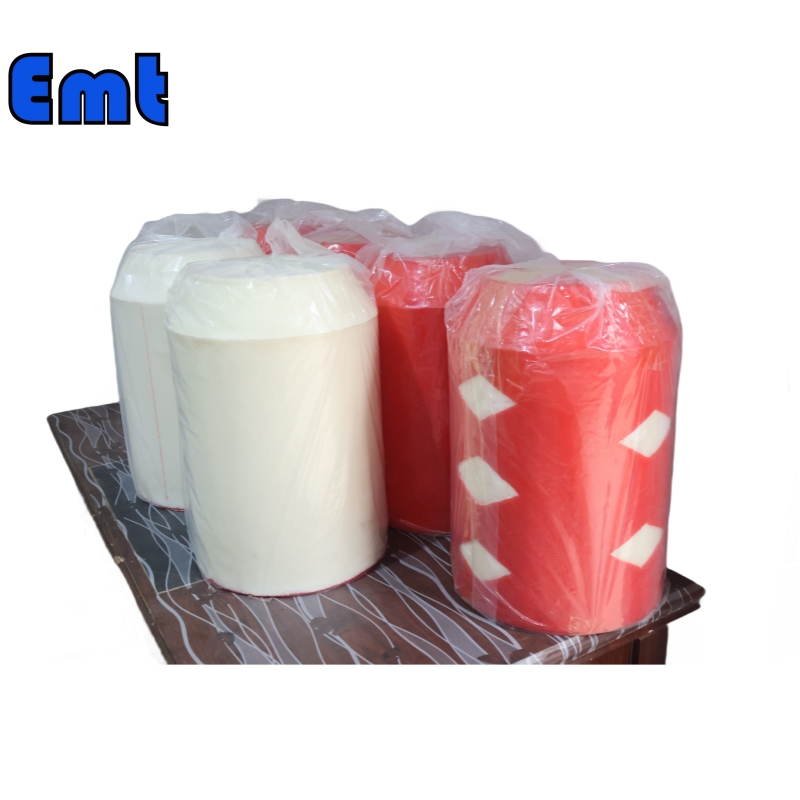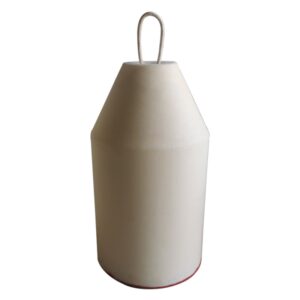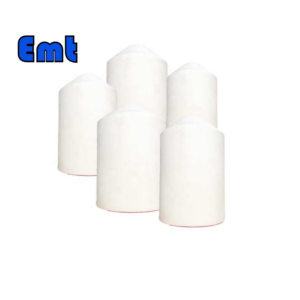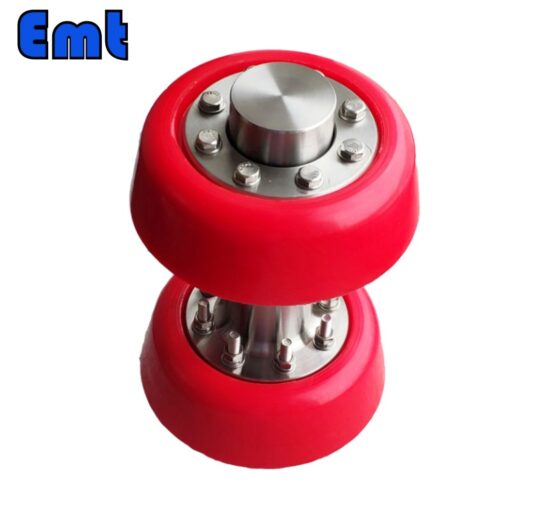Introduction: Understanding Dewatering Pigs
A. What are Dewatering Pigs?
Dewatering pigs are specialized tools used in pipelines to remove water. They ensure the pipeline’s interior remains dry. These devices travel through pipelines, pushing out water and other fluids.
B. The Role of Dewatering Pigs in Pipeline Maintenance
Dewatering pigs play a crucial role in pipeline maintenance. They prevent water from lingering inside the pipes after hydro testing or routine maintenance. This action helps maintain optimal pipeline conditions.
C. Brief Overview of How Dewatering Pigs Work
Dewatering pigs function by fitting snugly within the pipeline. As they move, they displace water and push it towards an exit point. Operators often equip them with sealing discs to enhance their effectiveness.
Specifications of Dewatering Pigs
نام | پیگ خط لوله گاز |
مواد | 1. steel framework main body. 2. The disc material used to be Polyurethane, Viton, Neoprene, Nitrile butadiene etc. 3. مواد فنجان قبلا پلی اورتان ، ویتون ، نئوپرن ، نیتریل بوتادین و غیره بود. 4. برس فولادی یا برس نایلونی. |
ویژگی | 1. Firstly, good wearing resistance. 2. Secondly, strong passing ability. 3. عملکرد تمیز کردن خوب. 4. سپس مکان و ردیابی دقیق. 5. در نهایت، میزان پایین مثبت کاذب. |
روش بسته بندی | پیگ های تمیز کننده لوله بسته بندی شده با فیلم پلاستیکی داخلی و جعبه چوبی تخته سه لا بیرونی. |
پرداخت | TT/LC |
مزیت - فایده - سود - منفعت | 1. اولا، عملکرد آب بندی خوب. 2. ثانیا، مقاومت در برابر سایش بالا. |
The Importance of Dewatering in Pipeline Systems
A. Preservation of Pipeline Integrity
Keeping pipelines dry preserves their structural integrity. Moisture can weaken metals and lead to premature degradation. Dewatering pigs remove this risk, extending the pipeline’s lifespan.
B. Prevention of Corrosion and Build-up
Water in pipelines can cause corrosion and scale build-up. Dewatering pigs effectively mitigates these issues. They ensure the interior surfaces of pipelines remain clean and functional.
C. Enhancing the Efficiency of Pipeline Operations
Dry pipelines operate more efficiently. Dewatering reduces friction and improves the flow of oil or gas. Consequently, this leads to lower operational costs and increased throughput.
By using dewatering pigs, operators can maintain higher standards of safety and efficiency. These tools are essential for ensuring the long-term reliability of pipeline systems. Transitioning from water-filled to dry conditions, dewatering pigs play a key role in the proactive management of pipeline infrastructure.
انواع خوک های آبگیری
A. Foam Pigs
Foam pigs consist of lightweight, flexible polyurethane foam. They adapt easily to pipeline variations and diameters. Operators often choose them for their versatility and cost-effectiveness in dewatering applications. The soft texture allows foam pigs to navigate minor bends and uneven surfaces without damaging the pipeline.
B. Steel Mandrel Pigs
Steel mandrel pigs feature a robust steel body and customizable discs. These discs, made from polyurethane or rubber, fit tightly against the pipe walls. Steel mandrel pigs excel in removing large volumes of water due to their strong seal and durable construction. They are ideal for large-diameter pipelines where maximum force and durability are necessary.
C. Spherical Pigs
Spherical pigs, made from rubber or a similar elastomeric material, are simple yet effective. Their round shape allows them to roll smoothly through the pipeline, pushing water ahead efficiently. These pigs are particularly useful in smaller or medium-sized pipelines. Their design minimizes the risk of getting stuck or causing damage.
D. Comparing the Effectiveness of Different Types
Choosing the right type of dewatering pig depends on several factors. Foam pigs offer great flexibility and are cost-effective for regular maintenance. However, they may not perform well in pipelines with severe water accumulation or larger debris.
Meanwhile, steel mandrel pigs provide a more robust solution. They can handle tougher conditions and more significant water volumes. Yet, their rigid structure requires careful handling to avoid pipeline damage.
Spherical pigs strike a balance between simplicity and effectiveness. They work well in a range of conditions, particularly where pipeline configurations allow for smooth transit.
Each type of pig has its advantages and limitations. Operators must consider the specific requirements of their pipeline system, including diameter, the volume of water, and the presence of any debris. Additionally, the regularity of maintenance and the budget available can influence the choice of pig.
In conclusion, effectively selecting and deploying the right type of dewatering pig enhances pipeline integrity, prevents corrosion, and improves operational efficiency. These benefits underscore the importance of understanding the distinct capabilities of each pig type. By doing so, operators can ensure optimal performance and longevity of their pipeline systems.









هنوز هیچ بررسی وجود ندارد.